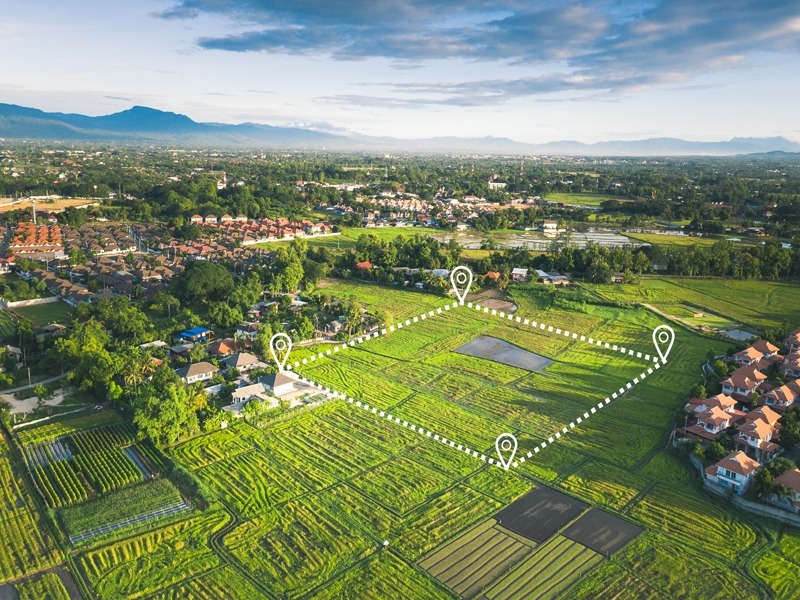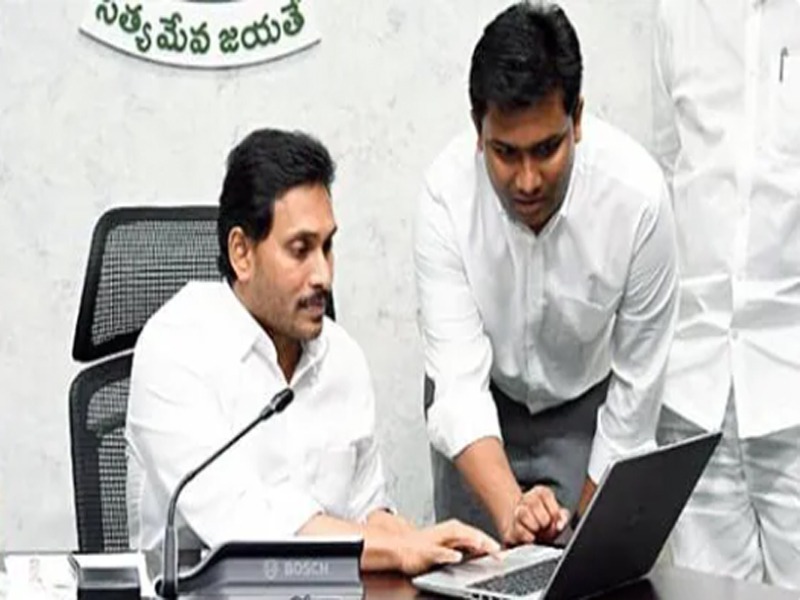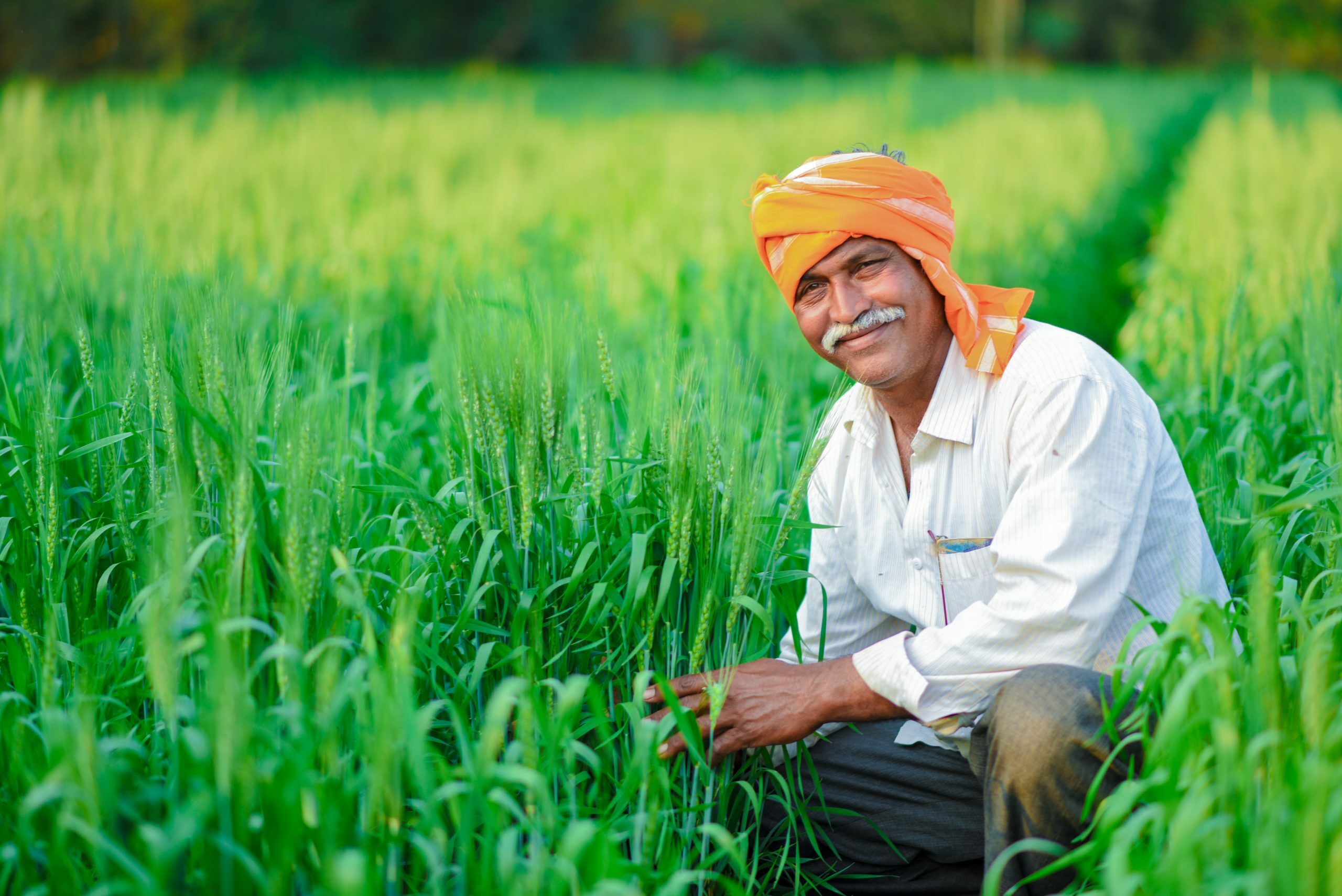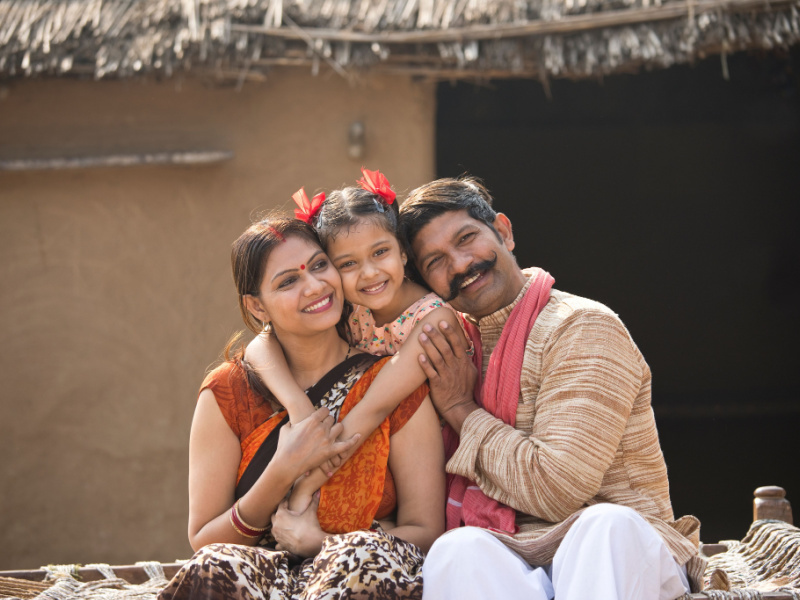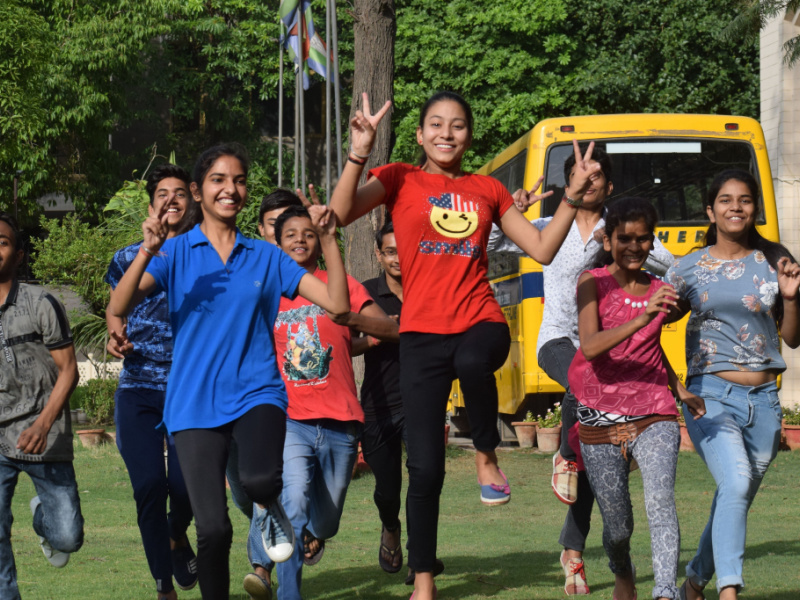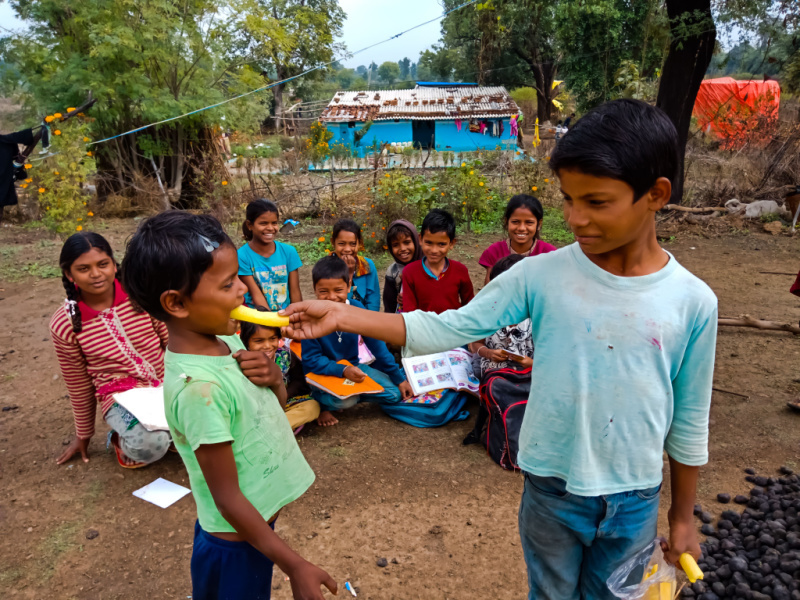
The Sansad Adarsh Gram Yojana (SAGY) is a village building project launched by the Government of India in October 2014. Each Member of Parliament is responsible for developing legal and organizational infrastructure in three villages by 2019. On October 11, 2014, the Saansad Adarsh Gram Yojana (SAANJHI) was launched.
Goal
The goal is to create three Adarsh Grams by March 2019 complete them by 2016. Following that, five such Adarsh Grams (one per year) will be chosen and developed by 2024.
Values of the project
SAGY aims to instill specific values in the villages and their people, transforming them into role models for others rather than simply developing infrastructure. Among these values are:
- Adopting the participation of the people at the end– making sure that they involve in aspects of understanding the life in the villages and take part in the decision-making process.
- Following Antyodaya, you enable the “poorest and weakest person” in the village to achieve happiness.
- Affirming gender equality and ensuring women’s rights ensuring social justice
- Instilling labor dignity as well as a spirit of community service and voluntarism
- Promoting a Cleanliness Culture
- Living in harmony with nature entails striking a balance between development and ecology.
- Local cultural heritage must be preserved and promoted.
- Instilling cooperation, self-help, and self-sufficiency promote peace and harmony in the village.
- Improving Transparency, Accountability, and Integrity in Public Life promoting local self-government
- Adhering to the values enshrined in the Indian Constitution
- Fundamental Rights and Fundamental Duties.
Objectives
SAGY’s primary goals are as follows:
- To initiate processes that will result in the holistic development of the identified Gram Panchayats.
- Improved basic amenities will significantly improve the standard of living and quality of life for all population segments.
- Increased output
- Improved human development
- Increased earning potential disparities have been reduced.
- Possession of rights and entitlements
- Increased social mobilization
- Social capital has been increased.
- To create models of local development and effective local governance that can motivate and inspire neighboring Gram Panchayats to learn and adapt.
- To develop the identified Adarsh Grams as local development schools for training other Gram Panchayats.
Approach
To achieve these goals, SAGY would take the following approach:
- Using the Members of Parliament’s (MP) leadership, capacity, commitment, as well as energy to create model Gram Panchayats
- Engaging and mobilizing the community to promote participatory local development.
- It is converging various government programs and private and voluntary initiatives to achieve comprehensive development in line with people’s aspirations and local potential.
- We are creating alliances with non-profits, cooperatives, and academic and research institutions.
- Concentrating on outcomes and long-term viability.
Adarsh gram identification
The basic unit would seem to be a Gram Panchayat. It will have a population of 3000-5000 people in the plains and 1000-3000 people in the hilly, tribal, and difficult areas. In districts where this unit size is unavailable, Gram Panchayats with population sizes close to the desired population size that you may choose.
The Member of the Parliament will be free to determine the right Gram Panchayat to develop Adarsh Gram, other than their own or their spouse’s village.
The MP will select one Gram Panchayat to be addressed immediately and two others later. The Lok Sabha MP must choose a Gram Panchayat from their constituency, and the Rajya Sabha MP must select a Gram Panchayat from the rural area of a district of their choice in the State from which they are elected. Nominated Member of Parliaments may select the right Gram Panchayat from a given district in the country. In the case of urban constituencies (where Gram Panchayats do not exist), the MP will identify a Gram Panchayat from a nearby rural constituency.
Gram Panchayats selected by parliamentarians (and whose tenures have ended due to resignation or otherwise) will be continued as such under SAGY, regardless of whether activities have already begun in the GP under SAGY or not. The newly elected MPs will be able to choose the GP of their choice and two later in 2019.
The main goal is to make Adarsh Grams by March 2019 complete by 2016. Following that, five such Adarsh Grams (one per year) will be chosen and designed by 2024.
Adarsh Gram SAGY Activities
An Adarsh Gram should emerge from people’s shared vision, utilizing their capacities and available resources to the greatest extent possible, with the MP, Gram Panchayat, civil society, and government machinery assisting as needed. Naturally, the Adarsh Gram elements would vary depending on the context. However, it is still possible to identify the most important activities in broad strokes. They would be as follows:
- Personal advancement
- Human Advancement
- Economic Development Social
- Industrialization in rural areas
- Environmental Improvement
- Basic conveniences and services
- The Social Security Administration
- Excellent Governance














